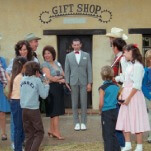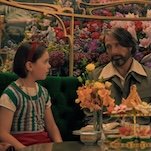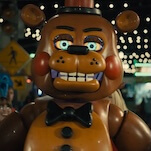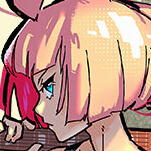Grit your teeth and fling yourself into a history of the mosh pit
From pogoing to hardcore dancing and the viability of slamming into strangers post-COVID
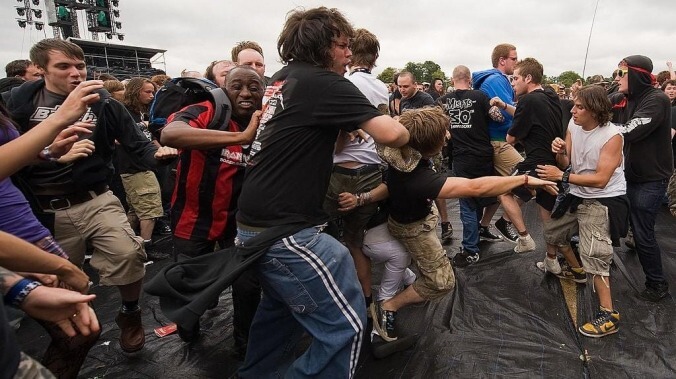
Mosh pits can look like sheer chaos but spend enough time inside or on the edges of them and they often reveal a beautiful sort of order; people move in and out of a roiling pool of bodies under the influence of the same kind of nearly invisible forces that guide the physics of a raging fire or an ocean whirlpool. To understand how the practice got to this point—and to wonder where it may go in the future—Consequence traced the evolution of moshing a few weeks back with a look into the history of the pit.
Writer Paolo Ragusa begins with pogoing—”a style of dance that sees the crowd jumping up and down, arms tightly against their sides”—at late ‘70s British punk shows and slam dancing at American Black Flag and Fear concerts around the same time. The article credits punk’s anti-conformity ethos for helping break the rules for proper concert behavior, giving audiences a way to collectively react to the music in a way that was both aggressive and physically unifying. The first instance of the term itself very likely came from Bad Brains’ H.R. yelling out “mash it!” during “Leaving Babylon,” which sounded like “mosh” to the audience because of his Jamaican accent.
Throughout the ‘80s, moshing was referenced directly in songs and began to cement itself as a concert mainstay. Over time, variants like the circle pit, the wall of death, and that handful of people who would fling around doing a hardcore dance naturally developed.



























